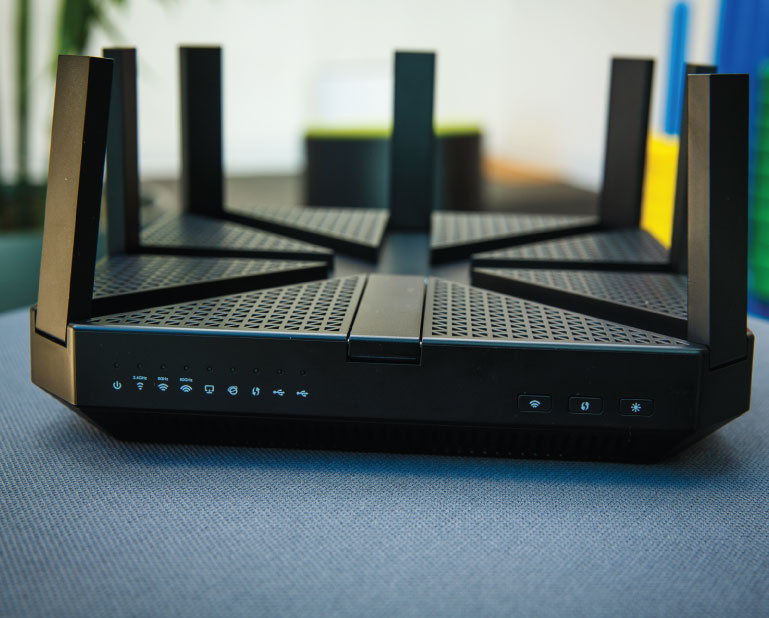What is 4G Bonding Router?
Though there are significant developments in the standards of HSPA+, UMTS / 3G with regards to their limits and bandwidth before the introduction of 4G bonding router. The requirements of current and future mobile applications have still remained on high demand even with the router becoming popular lately. This router along with a good bandwidth alone won’t help but change of network communication to the IP standard might. This is where LTE / 4G can do the magic.
In the development stage, LTE / 4G are lacking the promises it once made initially. In most cases, bandwidths of 100 Mbps downstream and 50 Mbps upstream are advertised but in reality only speeds up to 7.2 Mbps are achieved. The problem in the LTE / 4G network to slow down is generally triggered by the high traffic, i.e. the increased number of users or individuals logged in. It is a great move to bring in a 4G bonding router to increase the overall bandwidth connection speed.
However, it is necessary with LTE, to rely on 4G bonding devices for stability from the reliable connections with sufficient bandwidths. With respect to mobile applications, bonding enables the fastest possible connection which will additionally provide maximum network availability while using LTE / 4G from other providers.
When you require a good stationary connection, LTE / 4G can prove to be a real increase in the wired bandwidth when combined alongside the DSL. The reliability then increases to an astonishing rate of 99.9 per cent.





About The Author: Deepak
More posts by Deepak